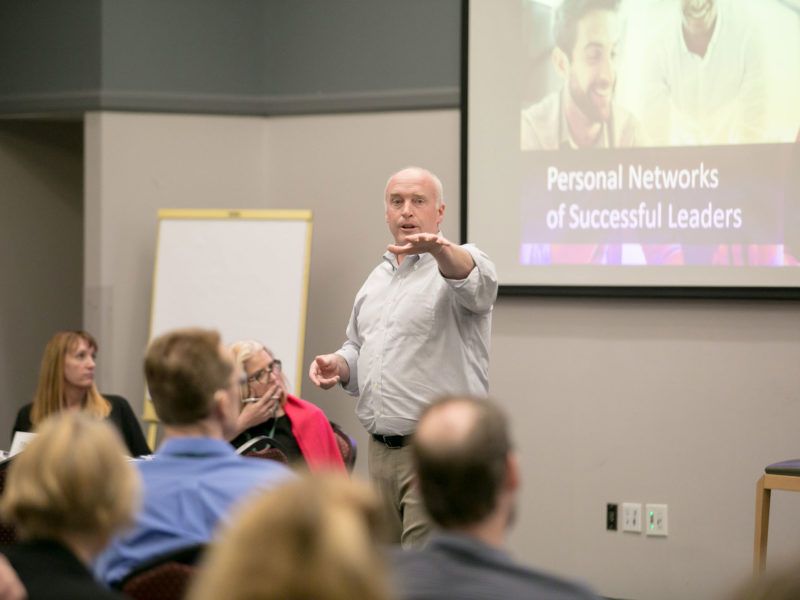
How to thwart collaboration overload by working smarter
 Contributed by Rob Cross, professor of global leadership at Babson College, cofounder and research director of the Connected Commons business consortium, and author of Beyond Collaboration Overload: How to Work Smarter, Get Ahead, and Restore Your Well-Being.
Contributed by Rob Cross, professor of global leadership at Babson College, cofounder and research director of the Connected Commons business consortium, and author of Beyond Collaboration Overload: How to Work Smarter, Get Ahead, and Restore Your Well-Being.
What is dysfunctional collaboration?
The most common collaborative dysfunction is a product of too much collaboration driven either by an overly inclusive organizational culture, formal designs with too many reporting relationships, or excessively large spans of control formal structures that have either de-layered too much or gone to many dimensions in a matrix-based structure (eg, three accountability lines). These operating models can drive the collaborative footprint of roles to a level that is unsustainable. And this has gotten worse with the pandemic.
Pre-pandemic, people were, on average, spending 85 percent or more of their time in collaborative activities—time spent on the phone, in meetings, on email and utilizing instant messaging. That number went up by 5 to 8 hours a week through the pandemic. No one is paying attention, though—leaders generally are just foisting more and more demands on overloaded people. This makes following some of the practices I discuss in the book to streamline collaboration critical for both performance and well-being.
